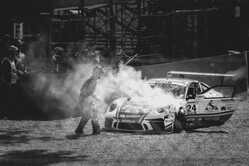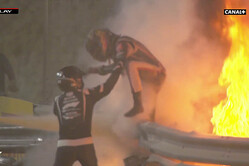- Home
-
News
-
Latest News
- Mercedes cannot depend on season's "bright spots", insists Wolff
- "We made too many mistakes," admits Vasseur
- Sport targets new points system
- Horner defends Verstappen dominance
- Chinese Grand Prix in Words, Stats and Pictures
- Toto's problems aren't his drivers, says Horner
- "F*** that guy!" says Ricciardo of Stroll
- Leclerc mystified by lack of pace on hard tyre
- Hamilton feared "huge understeer" was due to car damage
- More News
-
-
Drivers
-
Current Drivers
- Max Verstappen
- Logan Sargeant
- Daniel Ricciardo
- Lando Norris
- Pierre Gasly
- Sergio Perez
- Fernando Alonso
- Charles Leclerc
- Lance Stroll
- Kevin Magnussen
- Yuki Tsunoda
- Alexander Albon
- Guanyu Zhou
- Nico Hulkenberg
- Esteban Ocon
- Lewis Hamilton
- Carlos Sainz
- George Russell
- Valtteri Bottas
- Oscar Piastri
- Test/Reserve Drivers
-
- Teams
-
Tracks
-
Current Circuits
- Sakhir (Bahrain)
- Jeddah (Saudi Arabia)
- Melbourne (Australia)
- Suzuka (Japan)
- Shanghai (China)
- Miami (USA)
- Imola (Italy)
- Monte Carlo (Monaco)
- Montreal (Canada)
- Barcelona (Spain)
- Red Bull Ring (Austria)
- Silverstone (UK)
- Budapest (Hungary)
- Spa-Francorchamps (Belgium)
- Zandvoort (Netherlands)
- Monza (Italy)
- Baku (Azerbaijan)
- Singapore (Singapore)
- Austin (USA)
- Mexico City (Mexico)
- Interlagos (Brazil)
- Las Vegas (USA)
- Losail (Qatar)
- Abu Dhabi (UAE)
-
- Seasons
- Pictures
- Stats
- JOHNNYBET






















